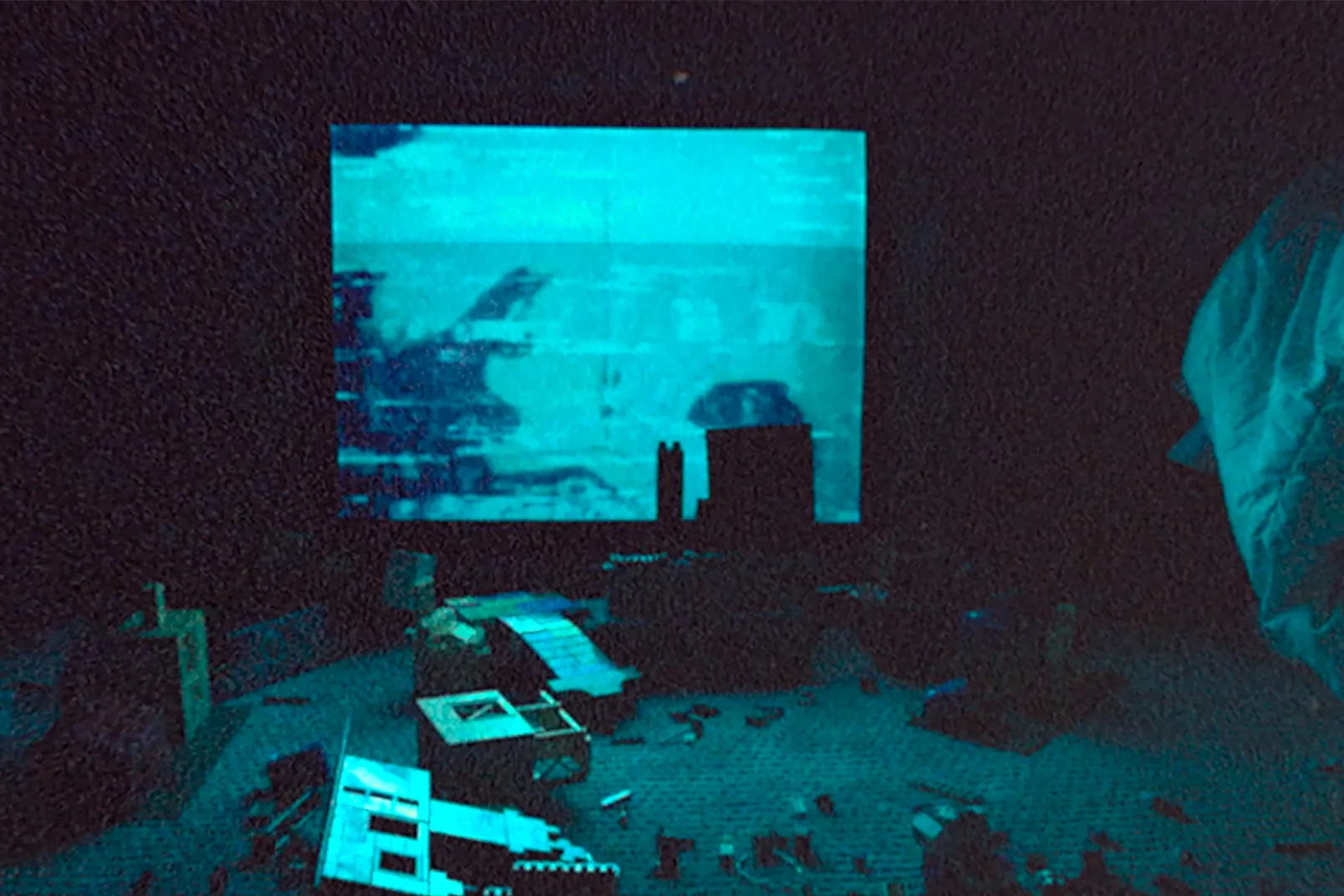DA2 '24 - Reading Blog #3
- Solus Thompson
- Dec 19, 2024
- 3 min read
As my second reading blog was about liminal spaces, I thought I would cover a very similar subject for this blog: analog horror. For this blog, I read Analysis of Analog Horror and its Relationship to Horror of the Past by Rowan Long, linked at the end of this post, to better understand where analog horror comes from, how it "works" to create feelings horror in the viewer, and whether this genre can be counted as "good art", or just another internet fad.
Long starts by explaining some of the historical context of analog horror's origins, along with past contributions to horror in general that helped shape the "feel" of the genre as it stands today. They discuss how analog horror often utilizes the corruption of "false nostalgia", which refers to nostalgia for an idealized, simplified past. Think of the fun, disco-and-roller-blades imagery used to represent the 70s, or the colorful arcades that characterize modern depictions of the 80s. Often, false nostalgia is used as a form of escapism, a way to distract ourselves from our current struggles by longing for the good ol' days. Analog horror takes advantage of this by using imagery associated with these idealized versions of the past, then slowly corrupting them, forcing the viewer to witness something they consider safe and good to decay into a grittier, darker reality.
Analog horror also often focuses on the horrors of technology. Long mentions Videodrome, a 1980s horror movie where a malicious TV broadcast causes ill effects in those that watch it, as an example of the themes that often come up in analog horror series: Technology is often stated to be our salvation, when in fact it will be our downfall. Analog horror further links itself to the idea of technology by mimicking analog media. Through careful editing and distortion, much like glitch art, analog horror seeks to use the imperfections of old VHS tapes and broadcast recordings to both better tell their stories and to cause further unease in the audience.
One interesting thing about analog horror, Long notes, is that it doesn't have to follow a traditional script. So much of this style of horror either takes on a more surrealist approach to storytelling, like the movie Skinamarink, or they mimic things like old PSAs, advertisements, or training tapes, like the series Gemini Home Entertainment, allowing their world building to gradually reveal the overarching story between each installment. Regardless, I often find that though there is a lot of trashy derivative work to be found in the genre, there is also real innovation that can truly get under my skin.
In conclusion, I think this article helped me better understand the sorts of insecurities and fears that analog horror preys on, and what separates good analog horror from bad. While I do fear that the genre is currently facing an oversaturation issue, I do appreciate that it is an incredibly accessible genre--anyone can start making analog horror with nothing more than simple editing tools. I think that's what truly draws me to the genre, that it is horror for the people, by the people. I hope that as time goes on, it can live up to its potential as part of the digital art and horror spheres.
Link to Analysis of Analog Horror and its Relationship to Horror of the Past: https://info.umkc.edu/sosland_journal/wp-content/uploads/2023/08/Long_AnalysisOfAnalogHorror.pdf



Comments